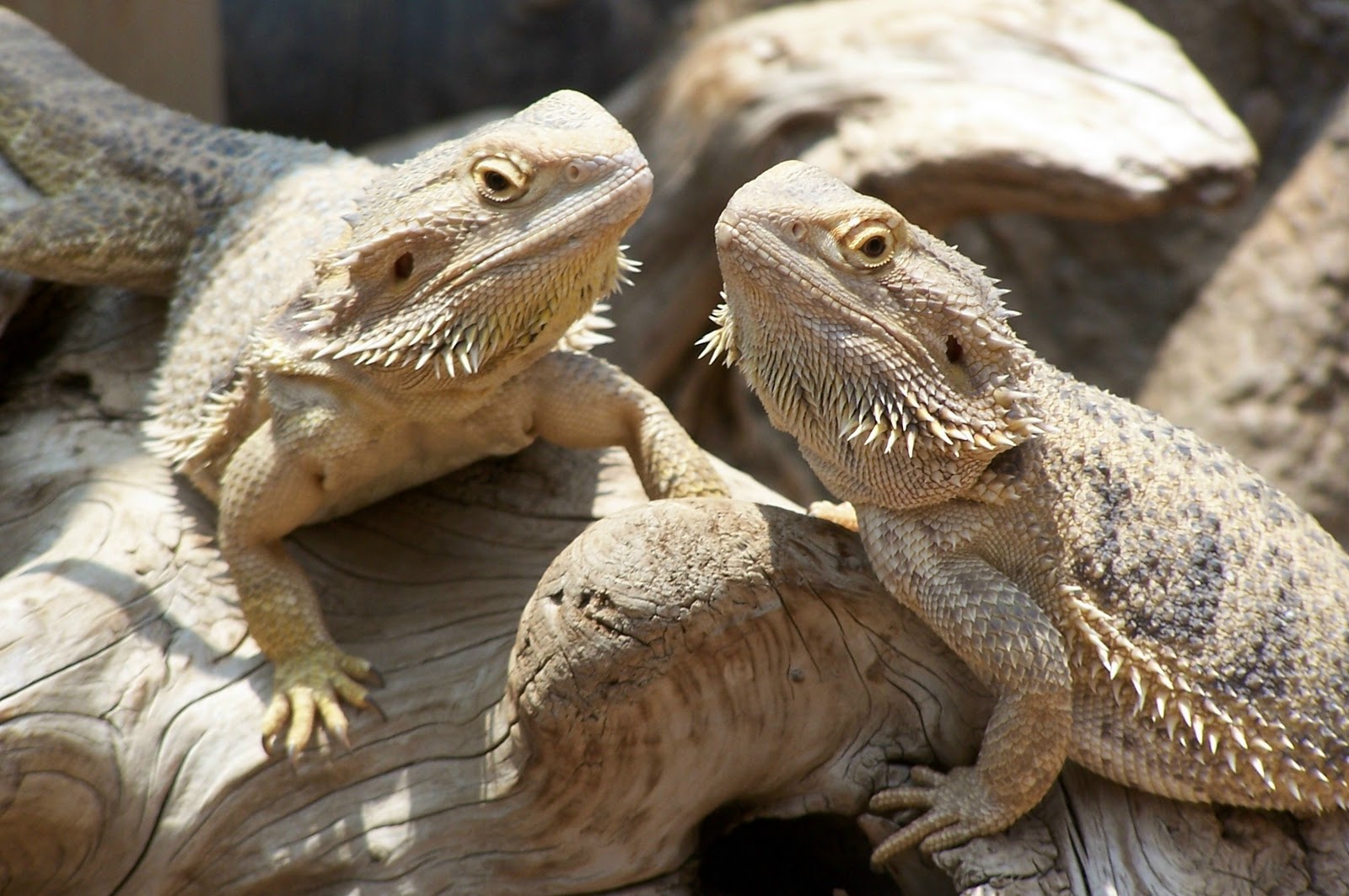Bearded Dragon: Reptile or Amphibian? All You Need to Know
Introduction
Bearded dragons are fascinating creatures that are popular as pets. But are they reptiles or amphibians? If you’re a beginner looking to adopt a bearded dragon, it’s important to know the answer to this question. In this blog post, we’ll explore the differences between reptiles and amphibians and help you understand where bearded dragons fit in.
Reptiles vs. Amphibians
Reptiles and amphibians are both classified as cold-blooded animals, meaning they cannot regulate their internal body temperature. However, there are some key differences between the two groups.
Reptiles
Reptiles have dry, scaly skin and breathe air through their lungs. They lay eggs on land and do not go through a larval stage like amphibians. Some examples of reptiles include snakes, turtles, and crocodiles.
Amphibians
Amphibians typically have smooth, moist skin and breathe air through their skin as well as their lungs. They lay their eggs in water and go through a larval stage. Examples of amphibians include frogs, toads, and salamanders.
Bearded Dragons: Reptiles
Bearded dragons are classified as reptiles. They have dry, scaly skin, breathe air through their lungs, and lay eggs on land. Bearded dragons are native to Australia and are popular as pets because of their docile nature and unique appearance. They are named for the spiny, bearded projection under their chin, which can puff up when they are threatened or displaying aggression.
.jpg)
Caring for Your Bearded Dragon
Now that you know that bearded dragons are reptiles, it’s important to understand how to care for them properly. Here are some basic tips:
Habitat
Bearded dragons need a large tank with a basking spot, a cooler area, and a hiding spot. They also require UVB lighting to help them metabolize calcium, which is essential for their bone health.

Diet
Bearded dragons are omnivores and should be fed a variety of insects, vegetables, and fruits. Avoid feeding them insects caught in the wild as they may contain parasites or toxins.

Handling
Bearded dragons are generally docile and can be handled safely if they are accustomed to it. Always support their entire body when picking them up, and do not grab them by the tail as it can break off.

Conclusion
Bearded dragons are reptiles that make great pets for beginners. Knowing that they are reptiles, as opposed to amphibians, can help you understand their care requirements and ensure that they are healthy and happy. With proper care and attention, your bearded dragon can live a long and happy life with you.
